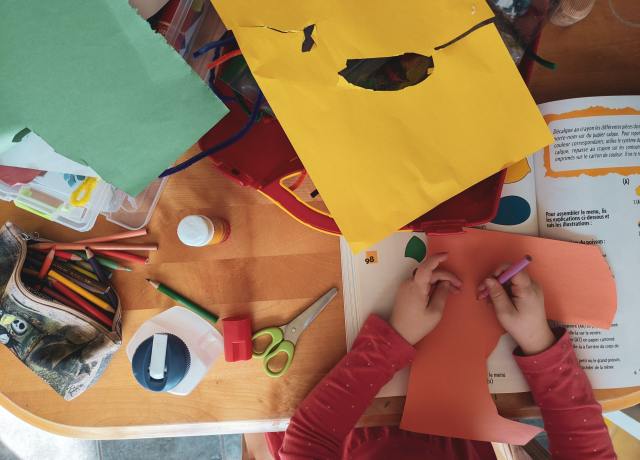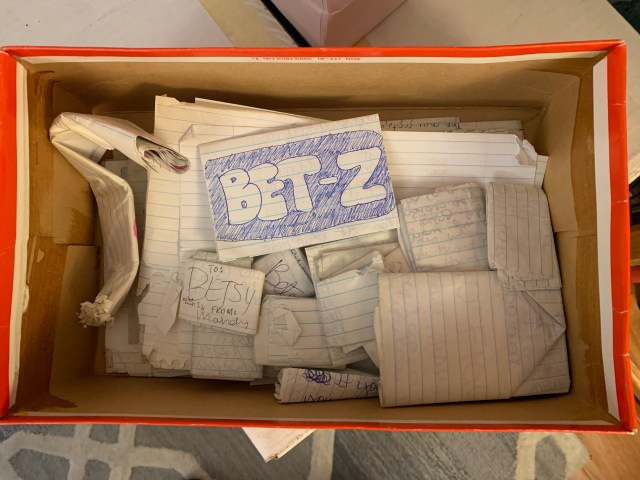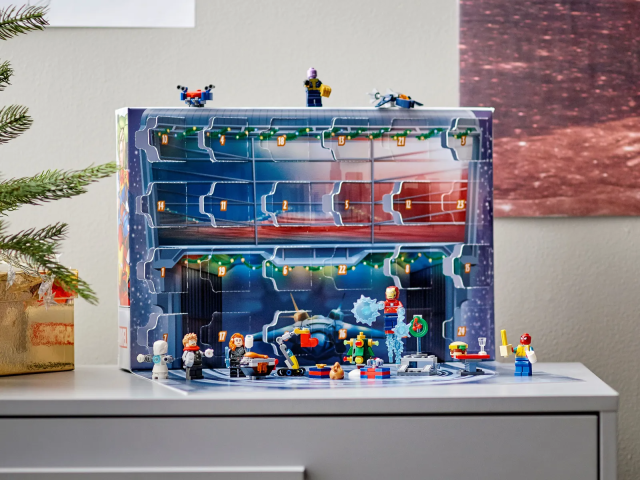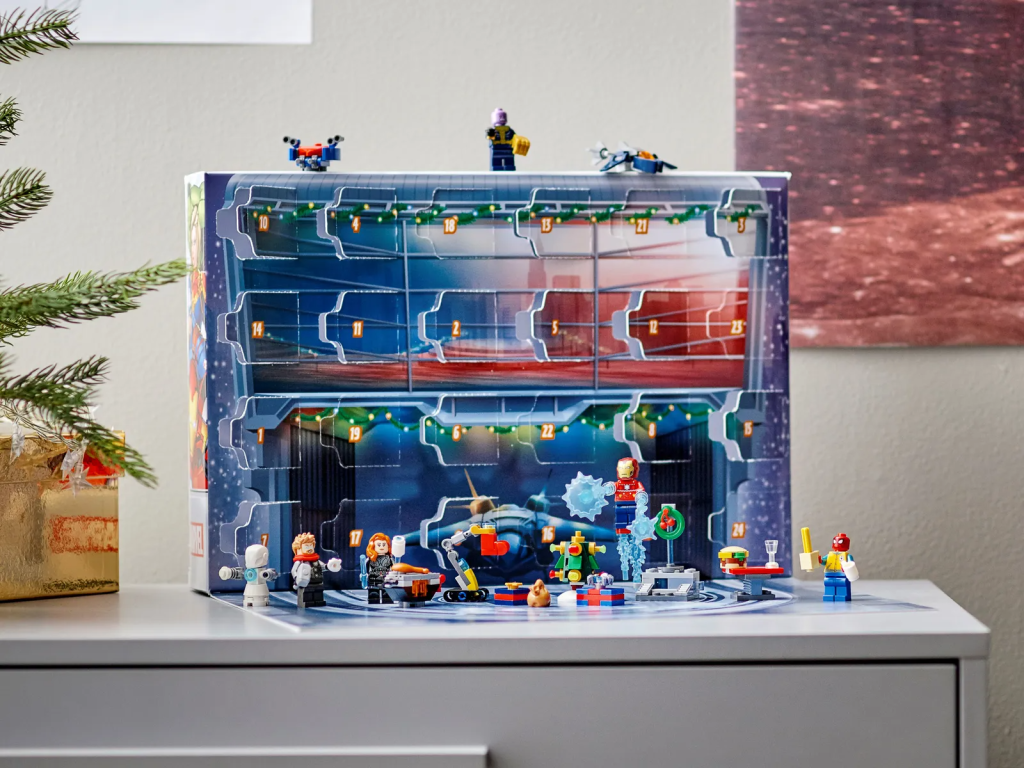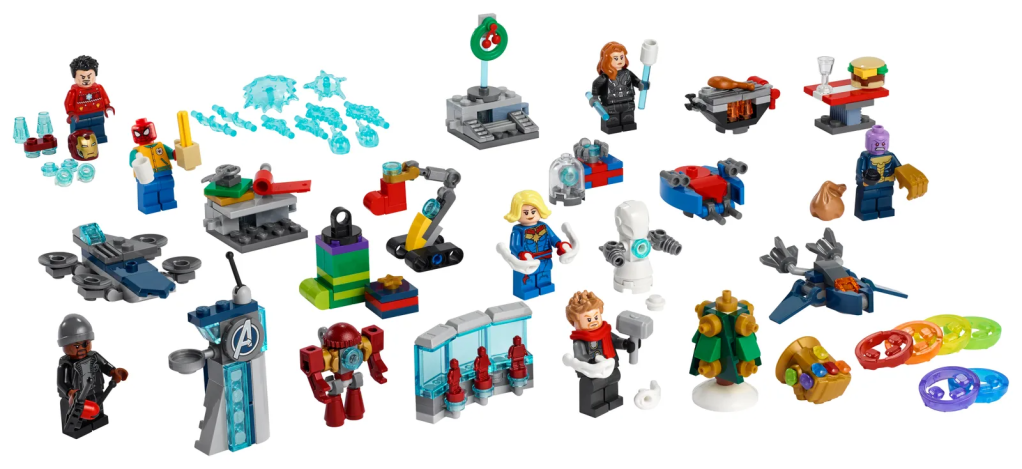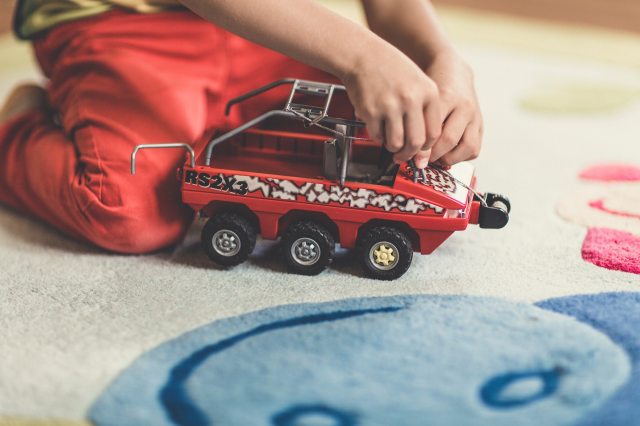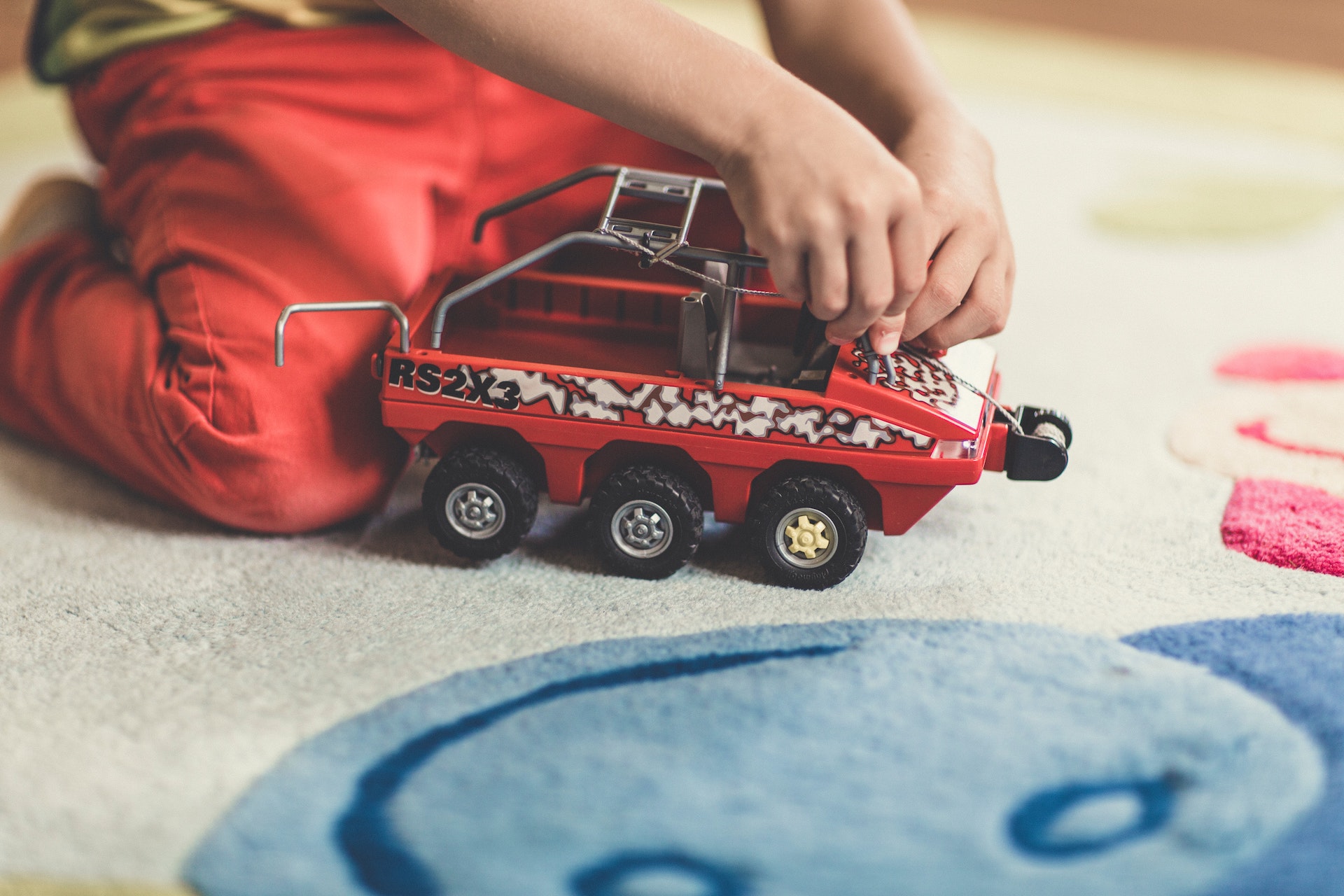Hey Mamas (and of course Papas) out there!
Let’s talk about crafting with your kiddos.
I know, as parents, we always like non-screen activities for our kids. And one of the best ways to do that is to help them with simple arts and crafts!
However, you may be thinking, “UGH. What a mess it will make.” Or, “I’m sure they’ll fight with each other while sitting at the table together.” Or “I wonder if I have all the supplies I need?” And, “How can I help all of them at once?”
And if you are thinking these things, let me tell ya, I’m right there with you!
However, there are a few simple ways to make crafting with your kiddos a bit easier, and a more calm, enjoyable experience.
1. Plan the Craft Ahead of Time
So, if you’re like me, I’m not a big planner by any stretch of the imagination. I watch in envy as organized people get things done calmly and perfectly.
However, I do try to hone these organizational skills at least a little. One way you can do this with crafts for kids is to plan ahead. And by this, I mean, pick maybe 2 or 3 crafts to do with your kids for the week. Pinterest is a great place to research easy crafts.
Then look at the supply list which is usually provided in the instructions, and make sure you have all the materials you need. And if you don’t just add them to your supermarket list for when you go out next time. Or order from Amazon! Hey, even easier, head to your neighbor’s house and see if they have some supplies to share.
Just be sure to have all your supplies handy and ready to make your crafts for the week.
2. Set Up Your Craft Area
Next, it’s time to set up your craft area. You could choose a space on your countertop, dining room table or some people even have rooms dedicated for crafts.
Just clear off the area you are going to use, mine is usually the dining room table. Stuff somehow, every day, every minute, every hour, gets accumulated on there. So the first thing I do is to clear off the stuff that’s somehow piled up on there. Must be gremlins or something.
Then, once you have a clear surface to work on, set up a designated station for each of your kids. Place all the supplies out that they will be using, in the order that they will most likely be using them in. This is so they have their own station with supplies to use, and they’re not fighting over each other’s stuff. I tell mine if a dirty, stinky old sock was on the ground and one wanted it, then the other ones would insist on having it too! ;)
So set up those nice, neat craft stations—just don’t expect them to stay neat for long.
3. Enlist a Craft Helper
Ok, so it really is nice to have another adult on hand to help, especially if you have multiple, preschool-age children. So if grandma is coming to visit maybe plan the craft for that day.
Or, if it’s a more in-depth activity, maybe plan it on a weekend when your partner may be there to help out.
However, if there are no other adults available, I have my older children help a younger one. They may not be thrilled but it will be a good experience for them, teaches them about helping others, am I right?
Also sometimes if I explain the craft or experiment before starting, then the older kids can complete it independently. This allows me the freedom to help the younger ones. And don’t worry, once they get into a “craft routine” the process will go much more smoothly!
4. Expect a Mess
Ok, parents, so this is where we lower our expectations. Those beautifully staged photos of kids doing crafts, laughing merrily, clean and well-dressed, with their mom standing over them smiling happily and calmly helping? Well, let’s face it, that’s (usually) not the way it works.
Mine are usually completely covered with paint or glue, the table is also strewn with the same sorts of materials. So make sure if it’s a messy project, to put some newspaper or plastic table cloth down to protect your surface. Make sure they are dressed in old play clothes too.
An easy-to-clean rug or hardwood or tile floor under your workstation helps too because some of the craft and activity supplies are bound to sneak their way to the edge of the table and fall onto the floor.
Remember, it’s easy to be annoyed by messes but it really doesn’t take all that long to clean up. Don’t forget to get the kids involved in the clean-up process as well!
Crafting with Kids
Have I convinced you to check Pinterest for craft ideas, gather your kids up and get your crafting supplies out yet?
I certainly hope so!
And remember it’s ok to lose your mind sometimes…just as long as you find it again. ;)
But, in all seriousness, I hope these steps will help make the crafting and activity process a little easier for both you and your little ones
Have fun, and as I’m sure you’ve heard before…time goes by fast and they’re only little for such a short amount of time. So make the most of it!
Hey there! I'm a wife, mom, homebody and lover of all things home and family. I'm also the author of the blog Dappled Skies and Diys. Over on the blog I share simple DIY projects, kids' crafts and activities, and gardening tips along with a few mom-life stories for fun!








